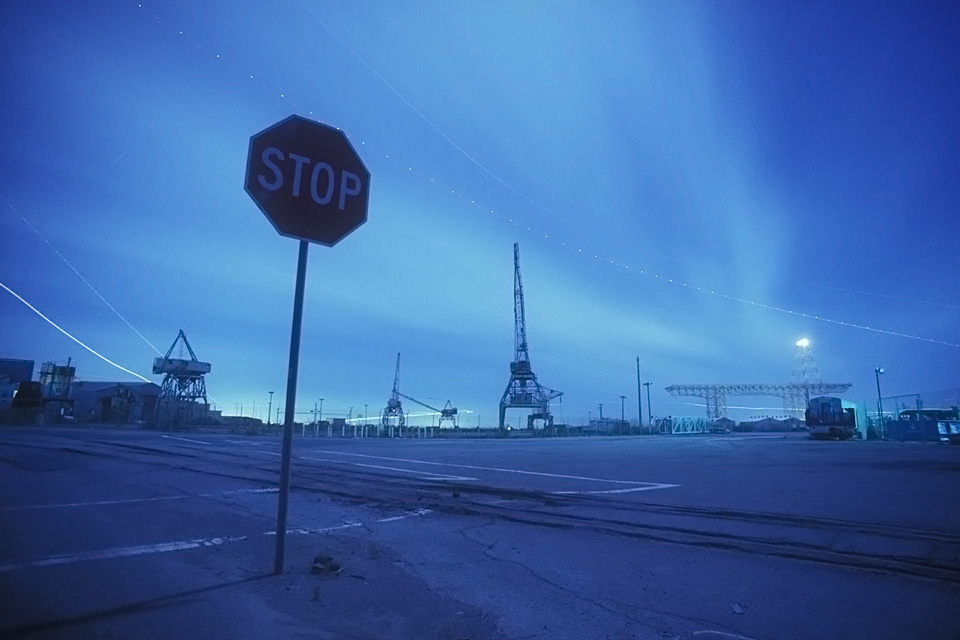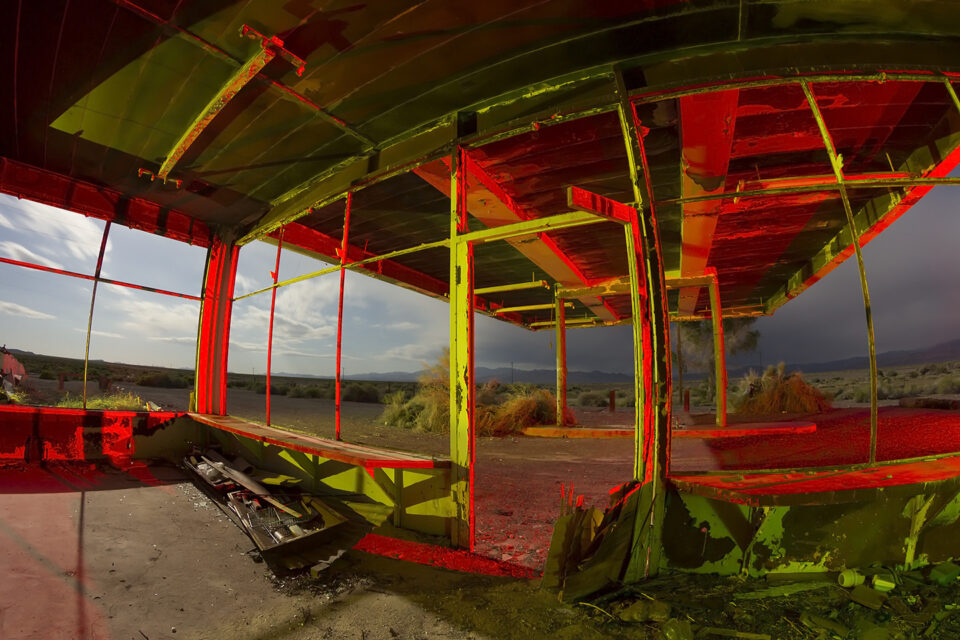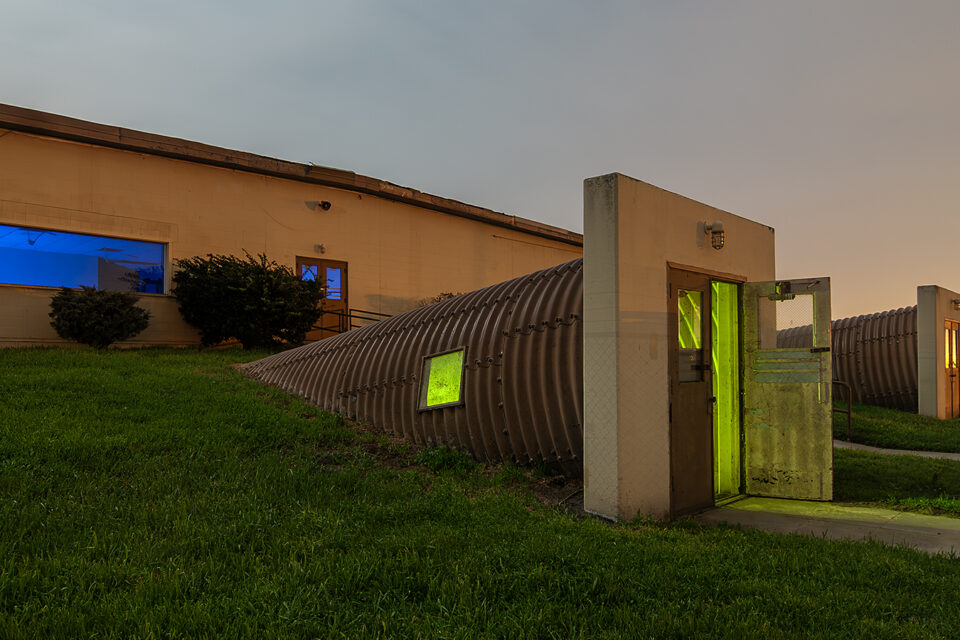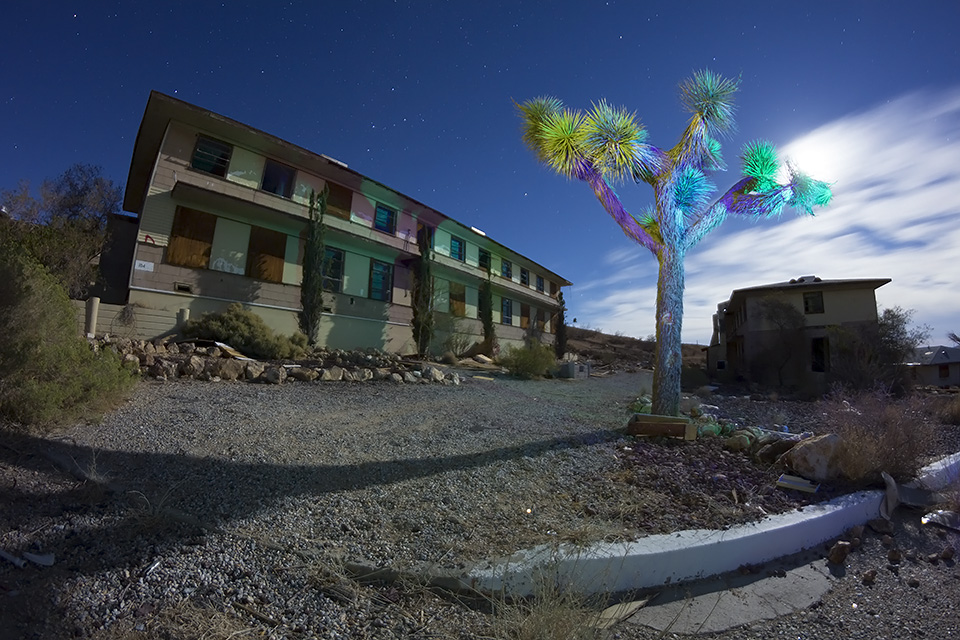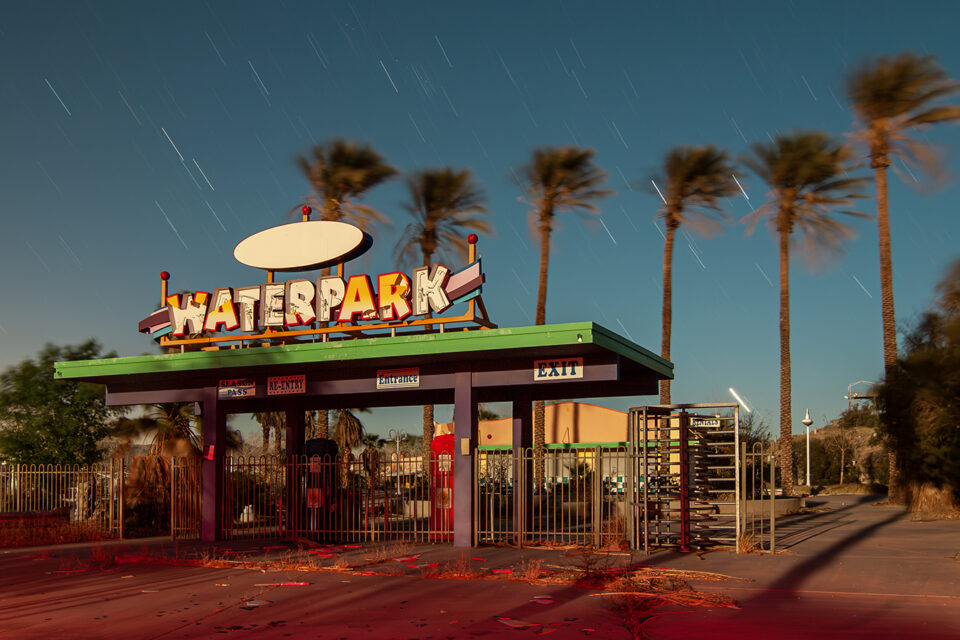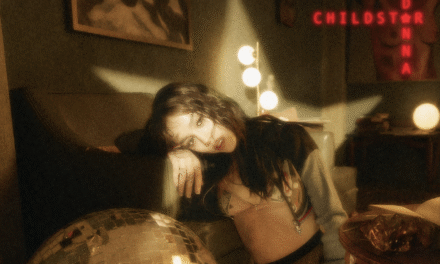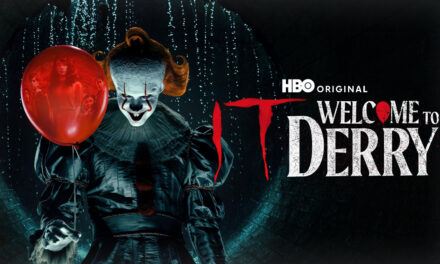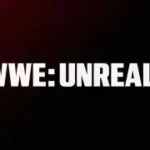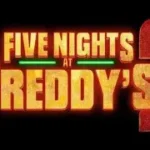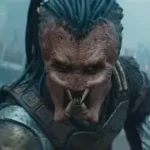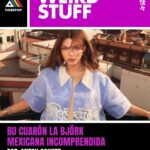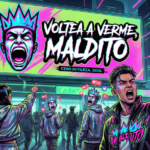Imagine the American Dream. Now imagine it dead, rotting under a pale desert moon, rusting into oblivion while a man with a flashlight turns its corpse into art. That’s basically what Troy Paiva does. His photography isn’t just about abandoned diners, wrecked cars, or forgotten motels along Route 66. It’s about the North American obsession with nostalgia, about looking back at what they built, what they bought, and what they lost, hoping the glow of memory makes it all look better than it really was.
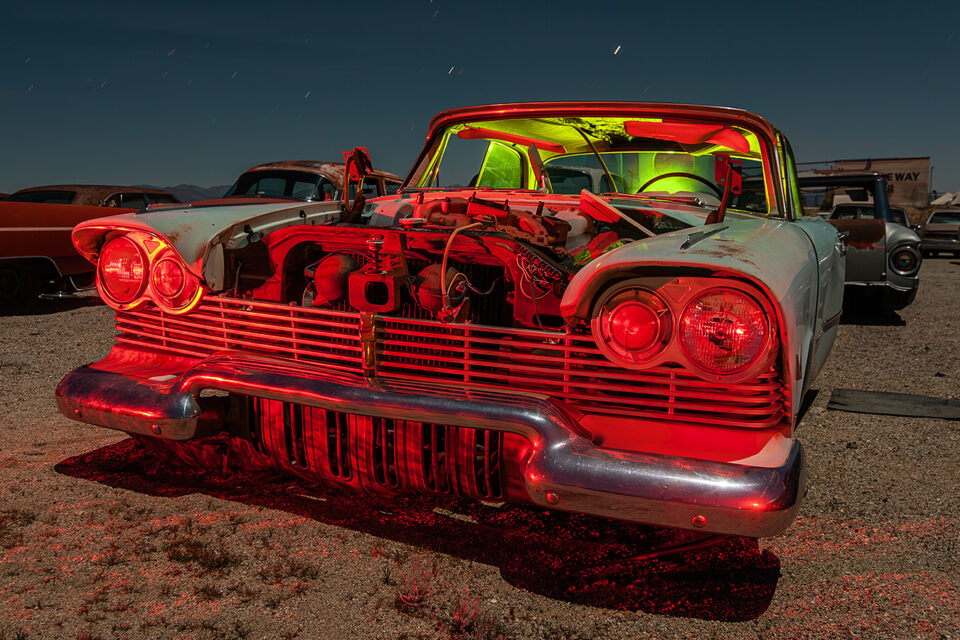
THE LAST PARTY OF THE AMERICAN DREAM
Troy Paiva paints with light, quite literally. He sneaks into junkyards, ghost towns, and decrepit military bases under the full moon, setting up exposures that last minutes, sometimes eight or more, while he dances around with flashlights like an overcaffeinated poltergeist. The result? Neon-drenched images of America’s leftovers, glowing in psychedelic oranges and toxic blues, like the fever dream of a dying empire refusing to fade quietly.
This isn’t just photography. It’s a séance. Every flicker of his flashlight resurrects the ghosts of diners where truckers once ate, Cadillacs that once roared down highways of infinite promise, motel rooms where salesmen dreamt of wealth they’d never reach. It’s an aesthetic of ruin that screams: we built too much, consumed too fast, and left behind nothing but haunted metal and faded neon.
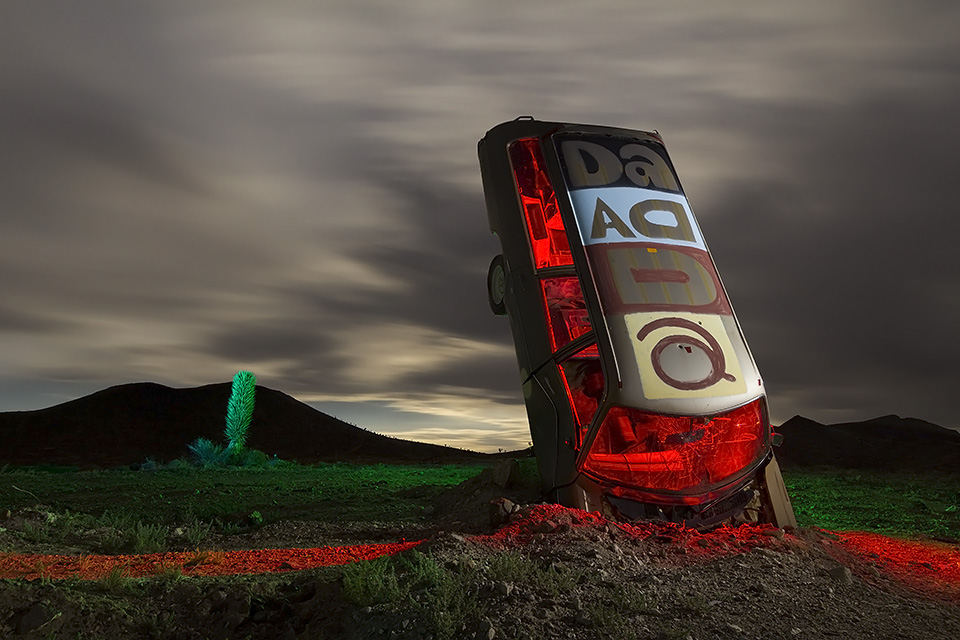
A DIY GUIDE TO TURNING RUINS INTO ART
Paiva’s technique is deceptively simple. ISO 100 or 200, aperture f/5.6 or f/8, exposures from 2 to 8 minutes. All his lighting is handheld – flashlights masked with theatrical gels, strobes used like magic wands, no stands, no umbrellas, no synchronized lighting setups. It’s guerrilla art. Night raids with a camera, turning decay into glowing nostalgia porn.
From 1989 to 2005, he shot on 35mm chrome film, especially the now-extinct Kodak 160T. Post-2005, he embraced Canon DSLRs but kept his method old-school: all lighting and color are done in-camera. No Photoshop trickery to create the surreal glow – it’s all him, creeping through dead spaces with his torch, lighting every rusted bone of America’s carcass.
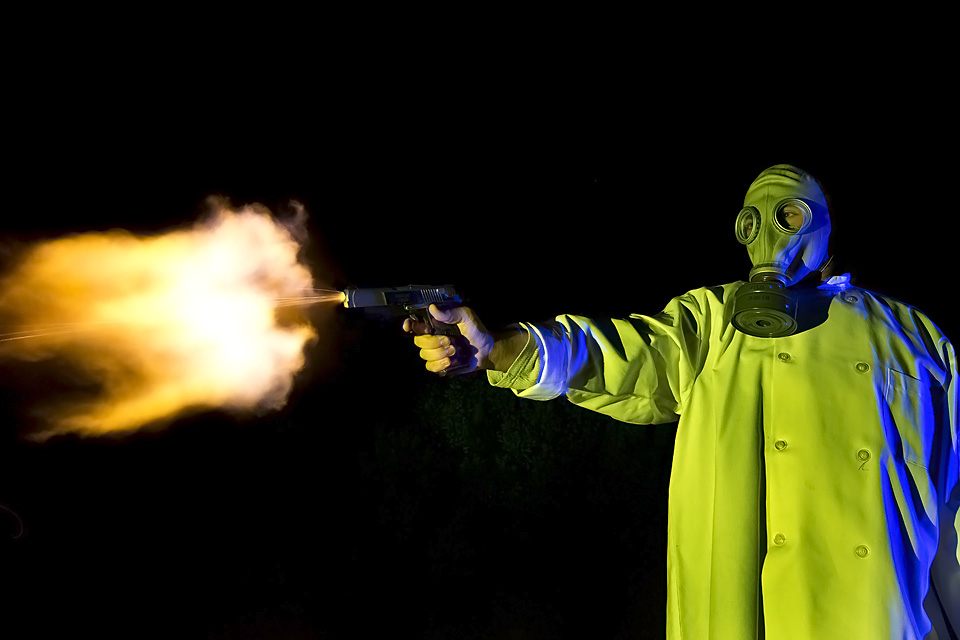
WHY THIS MATTERS: NOSTALGIA AS AN ADDICTION
Americans love looking back at their ruins because it makes them feel something close to pride and regret at the same time. The same people who live in gentrified condos fetishize decay. They drive past trailer parks and abandoned gas stations whispering “cool aesthetic” while ignoring the poverty that made those ruins possible. Paiva’s photos are an uncomfortable mirror. They’re beautiful, yes, but they’re also a reminder: this is what happens when consumption becomes religion. You build temples of commerce that end up as haunted wrecks under the moonlight.
In a world obsessed with sustainability, minimalism, and digital everything, Paiva’s art feels like a final love letter to the physical. To metal, brick, neon, glass. To a dream that was always unsustainable, but damn, it looked good under the full moon.
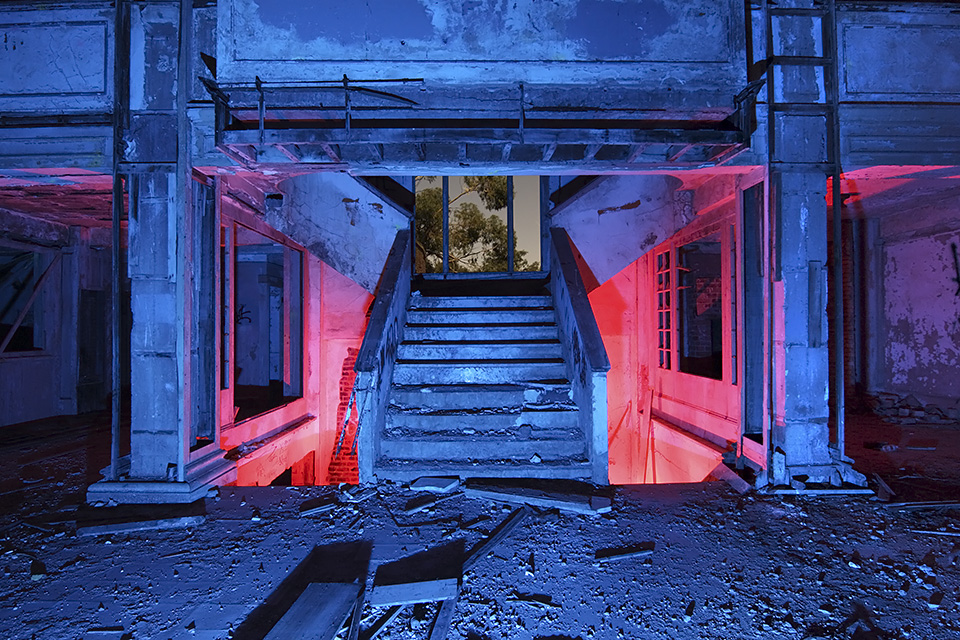
FOR WHO?
If you ever felt your chest tighten while driving past an abandoned factory, or if you love Blade Runner but also No Country for Old Men, this is your crack. Designers, filmmakers, marketers, or anyone who feeds on retro Americana should dive into his website Lost America and let the ruins whisper their poisoned lullabies.
